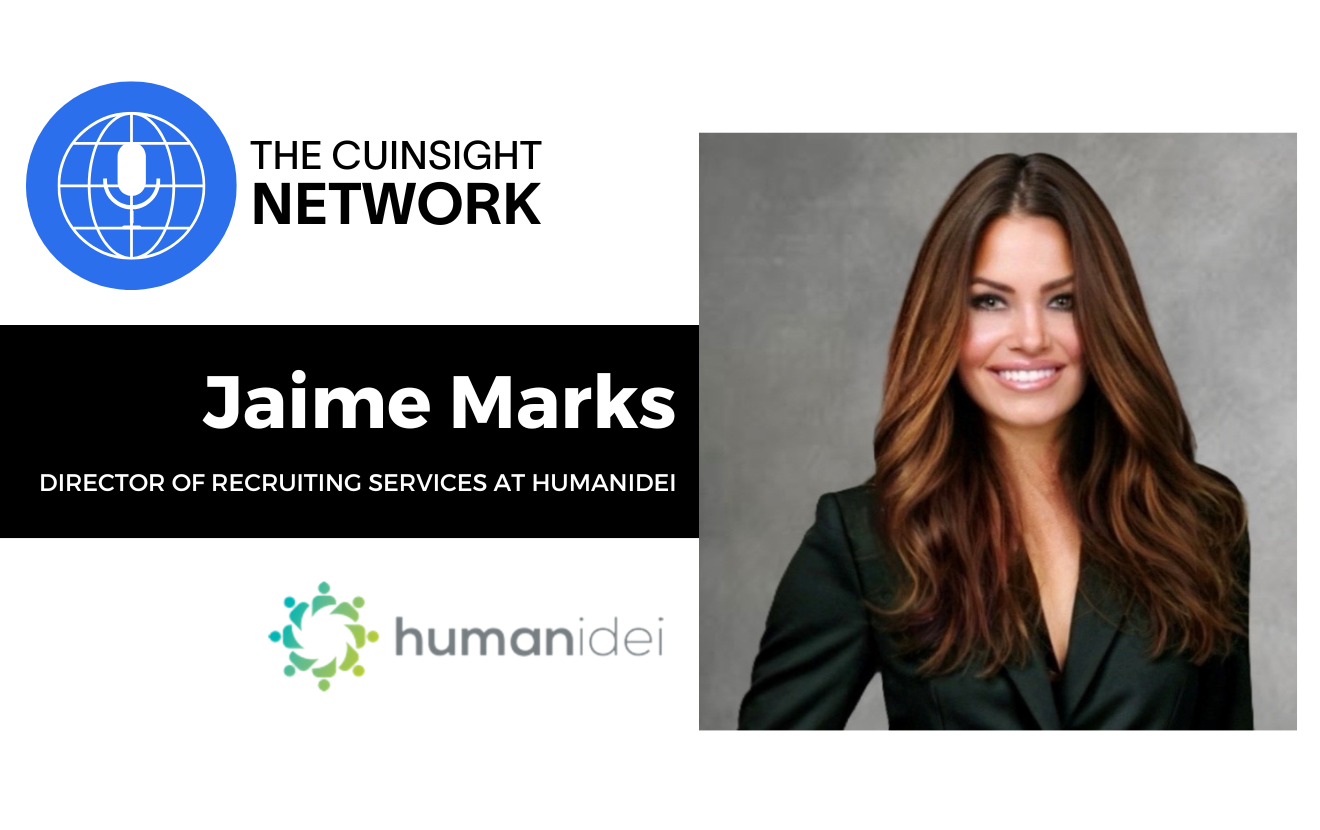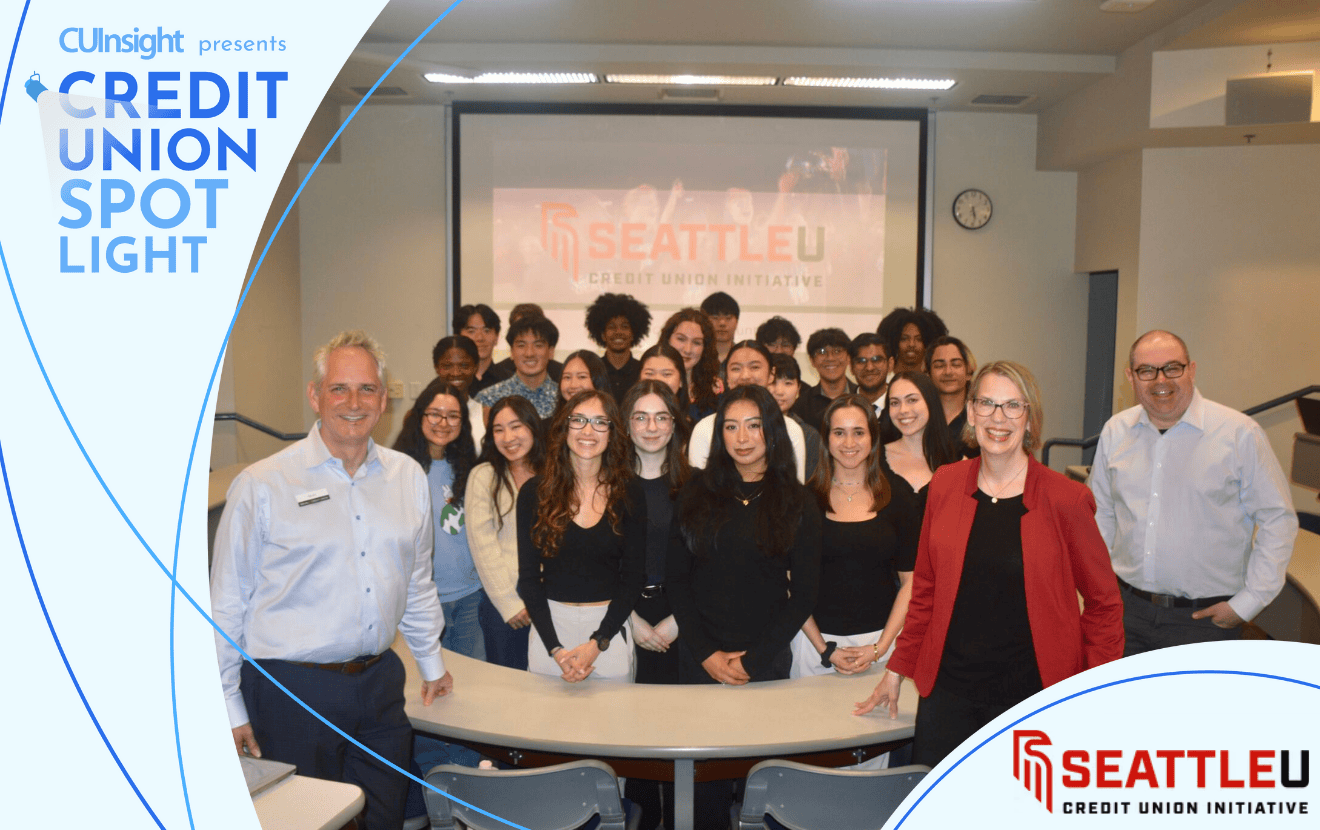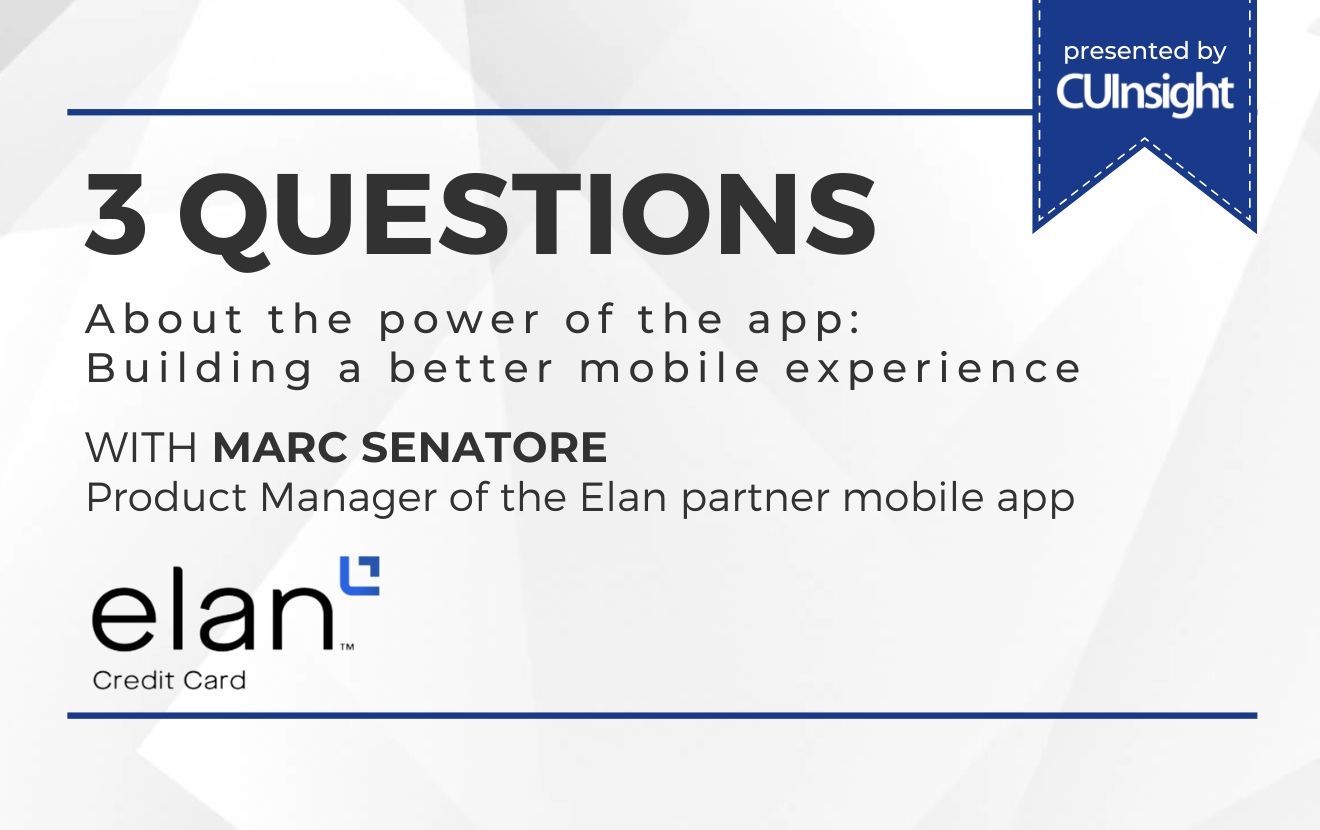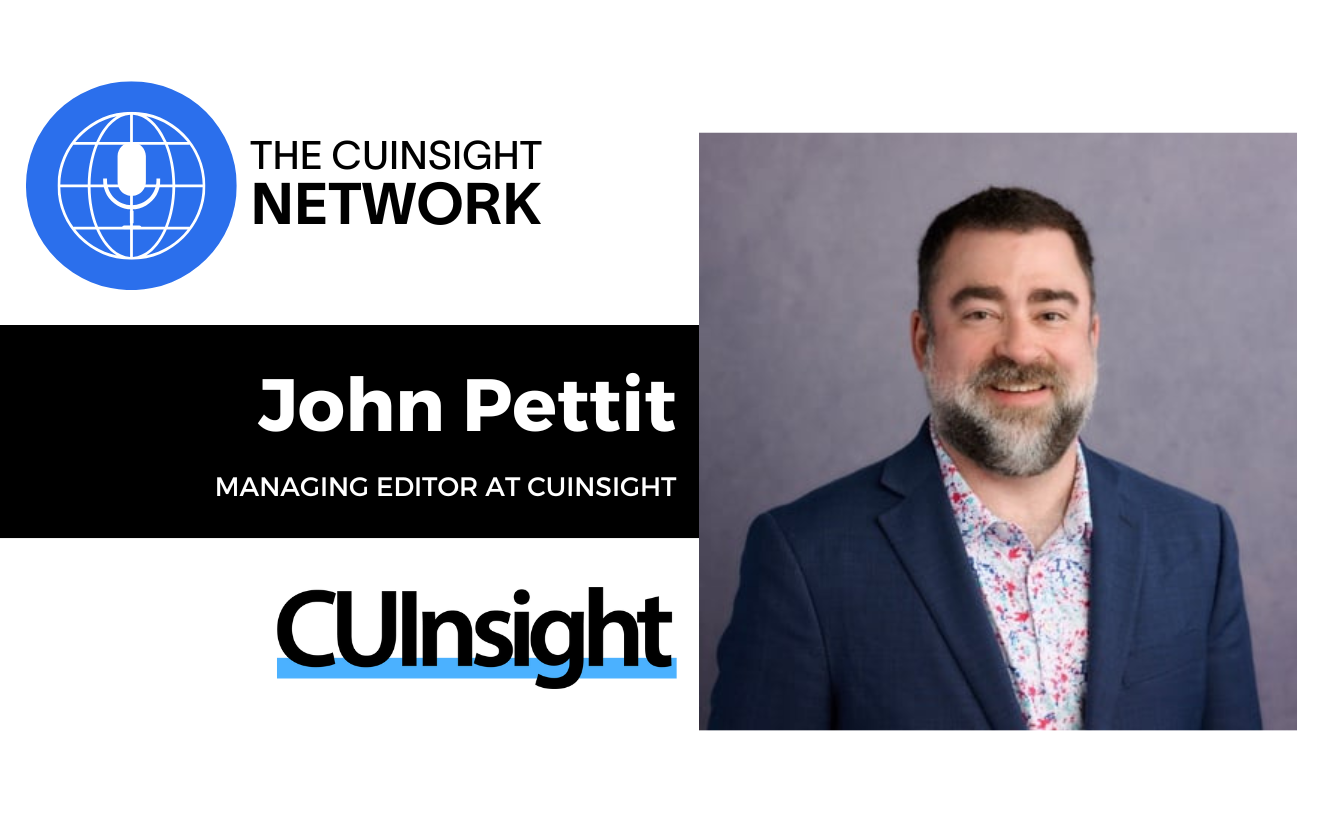I’m begging your pardon, but you’ll have to give me a moment. I’m just fastening a tiny recruitment parchment to one last carrier pigeon for a client.
You see, we’re going to unleash a flock of them over the counties within which their members live, work, worship, breathe, breed, drive through, fly over, have family, have friends, or eat (or used to eat) Chipotle.
Obviously, when I mentioned in a previous post here on CU Insight – Six Things Successful Credit Unions of the Future Will Do – that we need to reimagine employee engagement, including talent acquisition, the above bird-brained strategy isn’t exactly what I had in mind.
That said, it is imperative that we reimagine employee engagement, and one major link in that chain, of course, is the talent acquisition process.
Here are some practical things to consider as it relates to your credit union’s talent strategy.
Successful Credit Unions of the Future…
Build the talent acquisition strategy on the foundation of organizational culture and identity.
Your credit union’s culture should be the starting point for framing your talent strategy. It should be what informs every aspect of the strategy and tactics.
I mean, think about it. If you don’t have a clearly defined culture, who’s to say what candidates are supposed to experience? Is the application and interview process designed to be fun? Serious? Formal? Informal? Is it supposed to create an environment within which candidates are likely to demonstrate whether or not they’re inclined to work collaboratively? Is it going to show you anything other than whether or not they were smart enough to Google the answers to the most common interview questions ahead of time? Is the process really designed to be anything at all besides “compliant?”
The application and interview process should be fully aligned with your organizational culture, and should provide candidates a preview of what organizational life is like at your credit union. At the same time, it should provide your team a preview of how the candidates might potentially fit into the culture at your credit union. That will only happen, however, if (1) you have a clearly defined culture and core behavioral values and (2) your talent acquisition strategies and tactics are fully aligned and integrated with the culture and values.
Conceptualize the interview process as humans getting to know each other.
Much of what we see out there is due to well-meaning folks telling us for years – decades, really – that there were one or two particular ways that were the “correct” ways to structure and execute interview processes and interviews themselves.
What I suggest to people is this: for just a little while, forget about reading articles titled “How to Structure Your Interview Process” and instead think more about how humans get to know each other, and work from there.
Start from the standpoint of creating contexts within which your team can get to know the humans who are expressing interest in your credit union, and the candidates can get to know your team and the credit union, its culture, and its values.
Structure the interviews in ways that create the sorts of contexts mentioned above.
This is simply the tactical execution of what I mentioned above. Building a recruitment process for the purpose of people getting to know each other is going to look and feel different than the standard recruitment process. That interview is going to look and feel different than the standard interview. Why? Because the standard recruitment and interview processes are very one-sided. Sure, we give them tours and ask if they have questions and all that jazz; but that’s not at all what I’m talking about here.
What you want to do is create these things so that both you and the candidates can discover if there’s a mutual fit, shared values, an intersection of skills and passions needed with skills and passions possessed, and so on.
Don’t buy into the myth that you can be forward thinking OR compliant, but not both.
The above is what’s called a false dilemma in the wonderful world of logic.
What has happened – and I’m by no means the only voice out there pointing this out – is that while other areas within organizations continue to progress and move forward, sometimes HR and Talent Acquisition have not.
One of the reasons they sometimes haven’t, or at least not at a rate that allows them to keep pace with the rest of the organization or with the rest of the broader HR and Talent world, is that at times we’ve sewn ourselves into a straightjacket of our own making because of a well-intentioned, but perhaps misguided, understanding of the role or meaning of compliance within HR and Talent Acquisition in 2016. While compliance may be part of what HR/Talent does, it’s not its primary function. If HR/Talent is spending the bulk of its time worrying about compliance, I’d argue it’s veered off course.
If the appendix of your HR policy manual has more parts than your applicant pool has people, it may be a sign that things are potentially out of whack in regards to Talent Acquisition.
Know that too many application and interview processes are set up to accentuate the power dynamics.
Very few folks do this intentionally. It’s just sort of always been this way, but it makes candidates feel like they’re begging instead of conversing. Like they’re Oliver Twist pleading for a job instead of having a conversation between equals trying to determine mutual fit.
Don’t write job descriptions that read like the technical instructions for how to put together something in Danish.
Most job descriptions out there don’t read like a human is talking to you, and they should. They should reflect your culture and brand. They should read like a human with a personality is talking to you about the gig.
Don’t write job descriptions that are entirely focused on outlining the skills and experience necessary for the job and entirely devoid of any meaningful explanation of the culture, core values, and the expectations around those things.
If you look at many job descriptions, you might see eighty-seven bullet points detailing every blessed thing someone might possibly have to do, and then nestled somewhere in either the first or last paragraph will be some clearly obligatory but definitely vague mention of the workplace there being positive or that they’re looking for “team players” or something along those lines.
Refuse to view talent acquisition as strictly an “HR Thing.”
Recruitment, and the recruitment process, is an organizational effort. The second it’s not thought of that way, you’re in trouble, because there won’t be mutual understandings and expectations around how or when or sometimes even if things should be done relating to recruitment. There will be misunderstandings all over the place.
Managers with openings will resent HR, because they won’t feel like their positions are getting filled quickly enough or with the right people; and HR won’t be terribly fond of those managers either because they’ll feel like the managers aren’t giving them adequate job descriptions, or responding quickly enough to qualified candidates, or making smart hiring decisions.
Sounds delightful, no?
So what’s the bottom line?
Successful credit unions of the future will be the ones who are forward thinking in regards to talent acquisition. Just like any other area within our organizations, we can’t afford stagnancy in this area either. If we’re not careful, we’ll be left behind, convinced in our own minds that as long as the parchment paper we’re using is compliant, fastening tiny recruitment parchments to carrier pigeons is a recruitment “best practice.” Unfortunately, the end result of our complacency may be that we’re covered in something else the pigeons decided to drop off.







